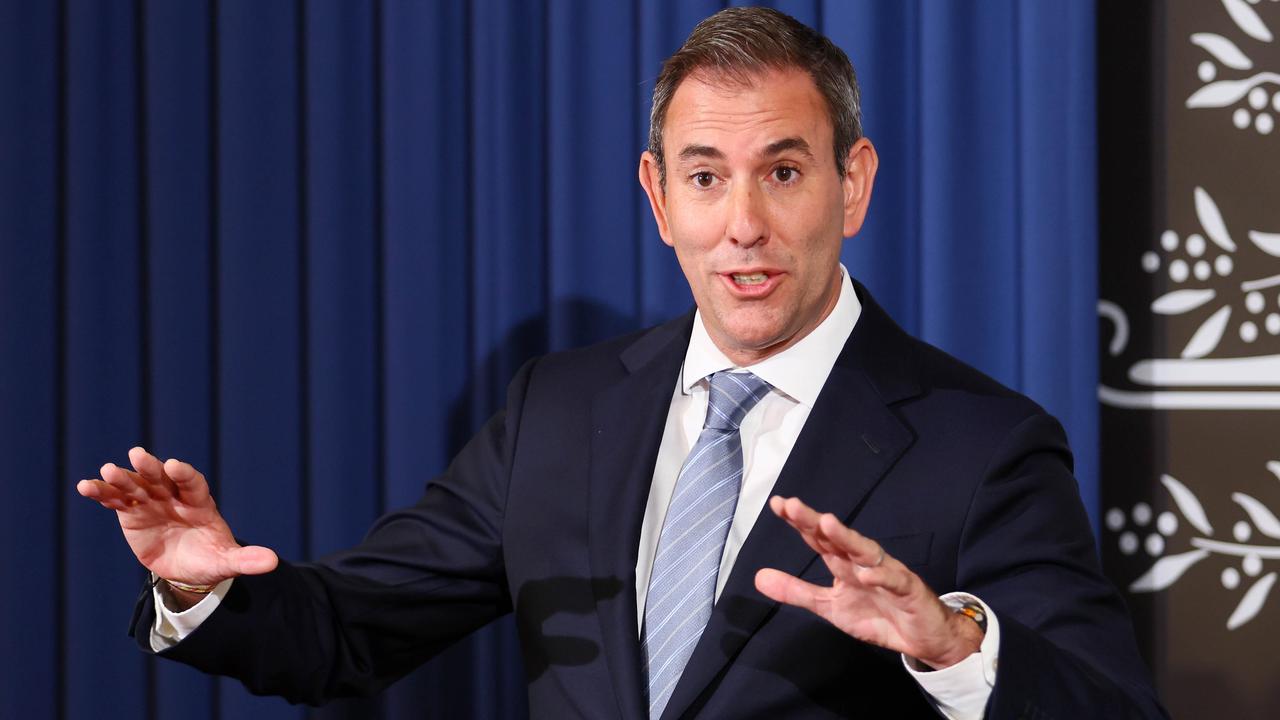Budget 2017: A realistic spend to finally end Abbott era
SCOTT Morrison has sent a direct message of optimism to unhappy Aussies, rejecting the belt-tightening Abbott years to deliver a “fairness” Budget that whacks banks and bludgers, increases taxes to pay for healthcare and kickstarts major projects. FULL ANALYSIS from Sharri Markson.
Federal Budget
Don't miss out on the headlines from Federal Budget. Followed categories will be added to My News.
- Sing-a-long with Sco-Mo to our Budget 2017 playlist
- Quirky stuff we learnt from the 2017 Federal Budget
SCOTT Morrison has sent a direct message of optimism to unhappy Aussies, rejecting the belt-tightening Abbott years to deliver a “fairness” Budget that whacks banks and bludgers, increases taxes to pay for healthcare and kickstarts major projects.
In a direct pitch to the Hanson heartland frustrated by wage stagnation, and fears over housing prices and jobs, the Treasurer has reset the economy and seized on positive global economic conditions to declare “better days are ahead”.
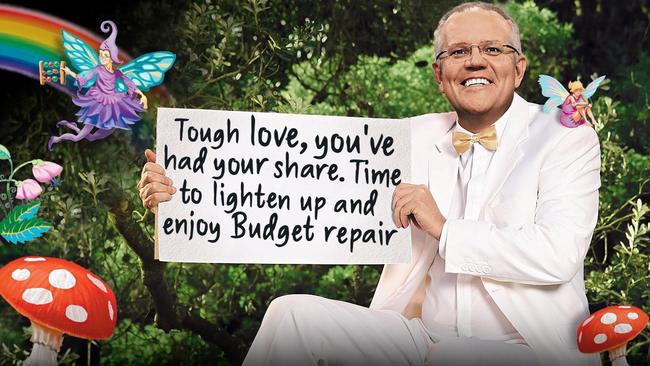
Mr Morrison has killed off the stagnant Abbott budget cut measures but also slapped a new $6.2 billion levy on banks and will force welfare recipients to undergo drug tests to keep the dole. In reversing the Abbott era’s miserly budgets, Mr Morrison has moved to blunt Labor’s key points of attack on Medicare, NDIS and housing, while vowing to return the Budget to a larger $7.4 billion surplus within four years.
ANALYSIS — Sharri Markson
TONY Abbott and Joe Hockey’s 2014 budget of notorious deep cuts to repair the fiscal emergency is dead, buried and cremated.
More than a year-and-a-half after Prime Minister Malcolm Turnbull grasped the federal leadership, he has unshackled himself of the Abbott legacy, and of his own mistakes ahead of the last election, to reset the government agenda.
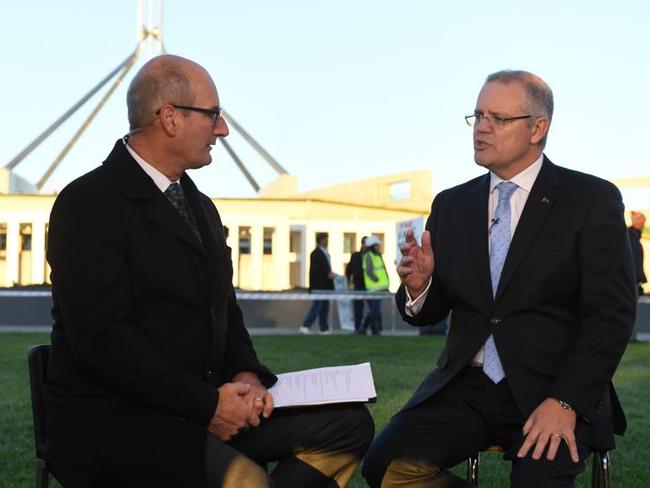
Too soon after the dysfunctional Rudd-Gillard-Rudd years, the Coalition government, too, lost the faith of voters with a budget handed down by Hockey and Abbott that was deemed too tough and too uncaring.
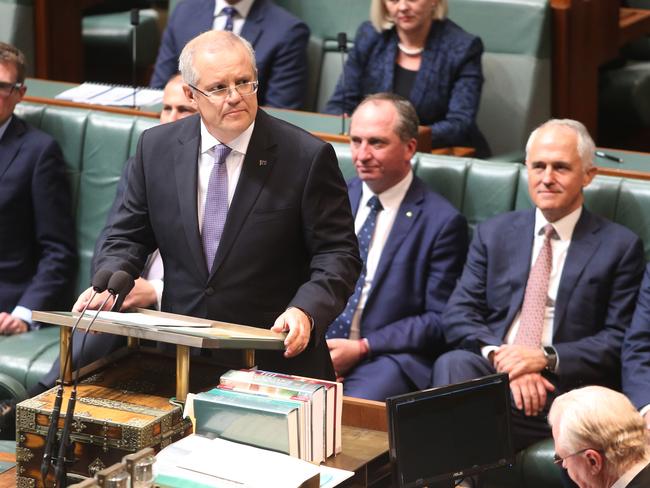
Australians have been deserting the Coalition ever since. With 11 consecutive Newspoll results where the Coalition trailed Labor, the Turnbull government has feared they had alienated Australians entirely. This Budget may change everything. It is unashamedly popular.
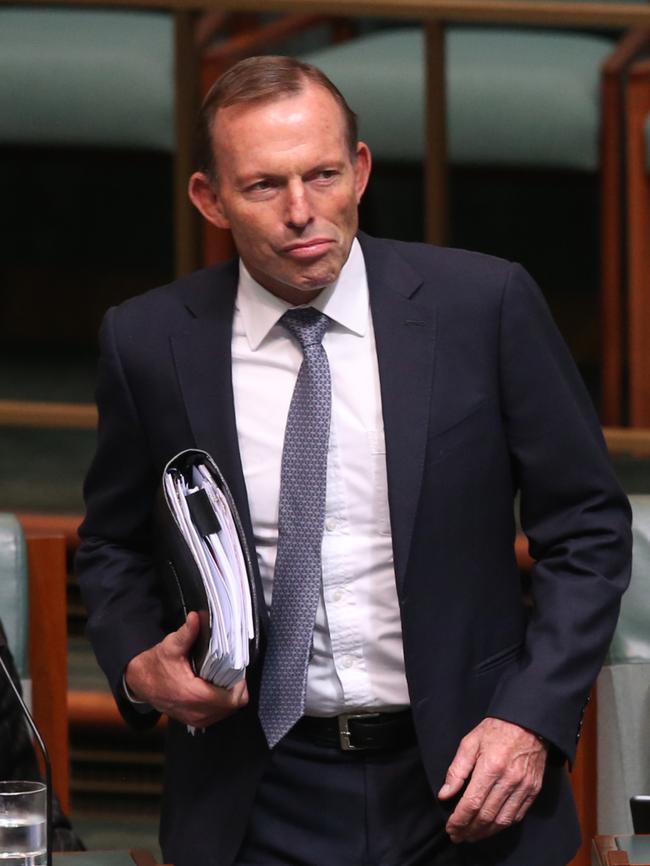
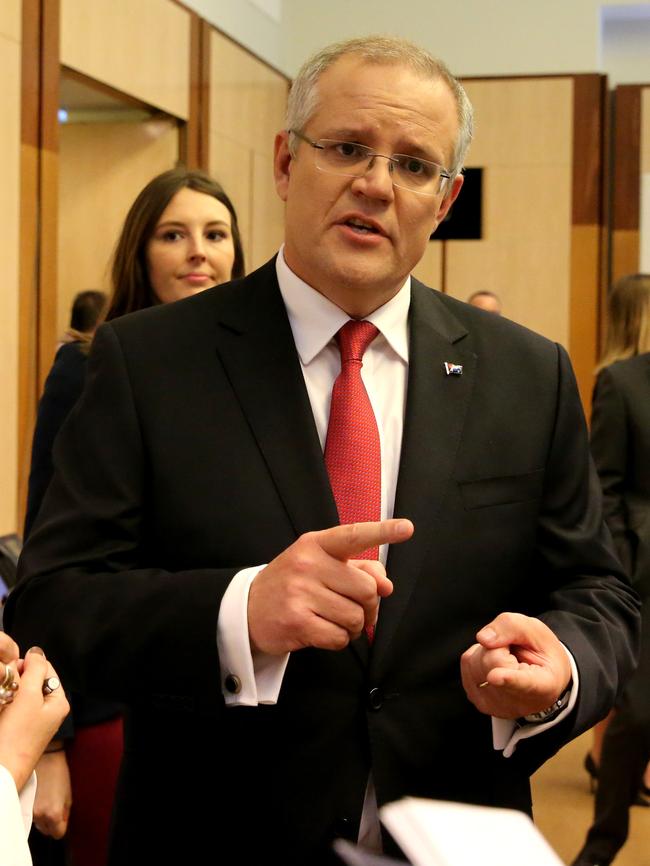
There are no hard decisions. Morrison has defended this by arguing it’s a reflection of the Senate makeup, where it’s virtually impossible to pass spending cuts. This is why Morrison has taxed the banks, to the tune of $6.2 billion, multinationals and foreign property buyers.
It’s why the one tax increase to Australians — the $400 a year Medicare levy rise — is to pay for the NDIS. Who could argue against helping pay for the disabled?
And the area they are bound to have a legislative fight, on drug-testing welfare bludgers, there are no savings attached anyway. Turnbull and Morrison have cast aside the innovation agenda, with Morrison admitting in his Budget speech, it concerned Australians. While Turnbull will be accused of delivering a Labor-style budget, the truth is he did not want to hand down a fantasy budget that’s based on savings that would never pass the senate.
This is designed for the parliament Australians have elected. And so, while it promises better days ahead for Australians, it’s also likely to lead to better days ahead for the Turnbull Government as they’ve blunted Labor’s key attack points.
Originally published as Budget 2017: A realistic spend to finally end Abbott era

